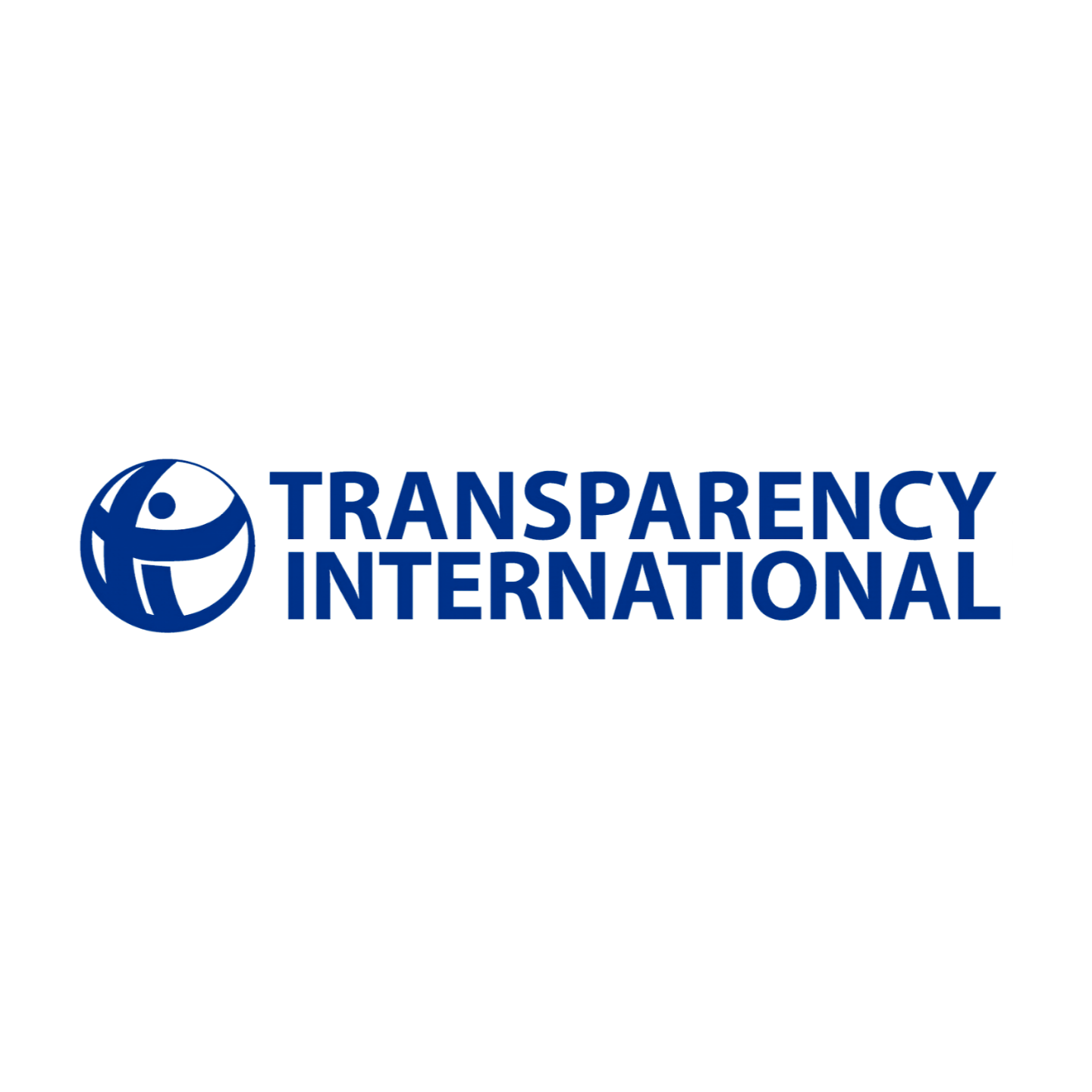

Transparency International
Final Evaluation of Project (Land and Corruption in Africa)








Description
KEY ISSUES TO BE ADDRESSED
The following questions could be addressed during the programme evaluation but are subject to discussion and agreement with TI-S during the period of designing the evaluation approach. The evaluator(s) is/are free to further prioritize these questions in the proposal and suggest others it deems necessary. However, the overall evaluation should be based on the six OECD DAC criteria These criteria should be contextualised and applied in consultation with TI-S staff and TI Chapters. The criteria of relevance, coherence, effectiveness, efficiency and sustainability will only be assessed from the perspective of elements that were not covered in the mid-term review, or in relation to any developments that have occurred since.
RELEVANCE & COHERENCE
• Did the project address the needs of those impacted by land corruption, including marginalised groups? How has the sentinel community baseline process been helpful in building and adapting the intervention around communities’ needs?
• To what extent did the project align with and complement the Chapters’ existing land-related work, including national programmatic priorities?
• To what extent did the project’s Theory of Change hold true in practice? Which assumptions proved valid or not, and why?
• How did the project complement other ongoing initiatives and partnerships in the land and anticorruption sectors, locally, nationally, regionally and globally? In particular, how aligned was the project to, as well as with AU regional frameworks on land governance and BMZ’s land governance strategy (including GIZ’s work)?
EFFECTIVENESS & EFFICIENCY
• How did project interventions contribute (or not) to the intended outcomes, including expected pathways of change? Where were the most significant outcomes observed?
• What approaches, mechanisms and innovations have proven especially important to contribute or hinder project outcomes, e.g. partnerships with civil society or the academia, multistakeholder dialogue, ALACs, digital tools, GESI good practices, mediation? To what extent did the project adapt its strategies and allocate resources based on ongoing assessments of areas with the highest potential for impact?
• To what extent have TI-S and Chapters followed up on the agreed management response actions from the project mid-term review? How far has the mid-term review led to changes in the project’s implementation or strategic direction (e.g. supporting Chapters to achieve policy change, additional learning opportunities, strengthened focus on extractives industries etc.)?
• What internal or external factors most strongly influenced the achievement of intended outcomes (e.g. political context, capacity)? What main barriers have been identified as well as strategies to mitigate their impact? Did any innovations prove useful to address the contextual and emerging needs?
• Were resources (financial, human, technical) used in a cost-effective, timely and strategic manner? Was the environmental footprint justified by the project's outcomes?
• How efficient were project management and coordination mechanisms at TI-S and Chapter levels, including reporting, monitoring, and communications? To what extent was TI-S’ support to national Chapters effective?
SUSTAINABILITY
• How significant and durable are the behaviour, policy and practice outcomes recorded?
• To what extent have TI-S and Chapters institutionalized project outcomes, tools, and learnings into their organizational strategies and operations (including creating linkages with other areas of work), and how well positioned are they to sustain and scale them beyond BMZ funding?
• To what extent are the partnerships established through the project likely to continue beyond the project period? How deeply engaged are stakeholders, including duty-bearers, partners, and community groups in ensuring continuity? Have any locally owned strategies emerged through the project or particular efforts been done by TI-S and Chapters to ensure knowledge and capacity transfer?
• What are the main sustainability risks, and what mitigation actions were/could be implemented by TI-S and Chapters?
• To what extent does TI’s work on land corruption align with TI’s 2021-2030 Strategy and TI’s regional objectives in Sub-Saharan Africa? To what extent does it align with the priorities of national Chapters?
• To what extend has project seeds other initiatives by generating greater evidence of the need to act? What lessons and models should be prioritised for future donor programming
IMPACT
• What impacts has the project contributed to since 2021, and since 2015 (Phase 1 and Phase 2 jointly), at local, national, regional, and global levels? Were there unintended (positive or negative) impacts of the project? What other factors have led to these impacts?
• What impacts did the project contribute to towards the final beneficiaries, including the sentinel communities?
• Are there any notable linkages or dynamics that can be identified across the local, national, regional, and global levels? For instance, to what extent has the work at the international and regional levels influenced or supported progress at the national level?
• How has the partnership approach around specific agendas (land, extractives, climate) contributed to strengthening long-term impact?
METHODOLOGY
The evaluator(s) is/are ultimately responsible for the overall methodological approach and design of the evaluation and is/are expected to propose methodologies that they consider most appropriate to achieve the aims of this evaluation.
However, the evaluator(s) is/are encouraged to use impact assessment methodologies as well as participatory and GESI-sensitive approaches, engaging relevant staff at TI-S and Chapter, as well as those impacted by the project activities, through structured methods. Both quantitative and qualitative data should be utilised to assess the project. The evaluator(s) is/are encouraged to consider the following data collection methods: review of key documents, focus group discussions, key informant interviews, surveys, participatory validation of key findings with relevant stakeholders.
The evaluator(s) is/are encouraged to integrate an assessment of progress against the LCAII baseline 'households survey in sentinel communities,' potentially through participatory monitoring approaches that engage communities in tracking their own changes and conducting follow-up surveys with sentinel community samples, working directly with or through TI Chapters. Due to feasibility, the eligible countries would likely be Zambia. Zimbabwe, Uganda and Ghana.
The evaluator(s) is/are expected to refine the scope and methodology of this evaluation during the inception phase in cooperation with TI-S and provide a detailed inception report.
EXPECTED DELIVERABLES AND TIMELINE
The evaluator(s) is/are expected to deliver:
• An inception report, not exceeding 10 pages, outlining the proposed methodology, stakeholders for interviews and focus group discussions, data collection tools and timeframe of planned actions by 5 September 2025.
• A draft evaluation report for review and comments by TI-S, not exceeding 30 pages, along with its annexes, by 31 October 2025. While considering the comments provided on the draft, the evaluator(s) shall use their independent and impartial judgment in preparing the final report.
• An online validation meeting with key stakeholders to discuss findings and feedback on draft report, with design, facilitation and documentation of a participatory workshop, incl. PowerPoint presentation, to discuss and validate the draft report, by 14 November 2025.
• A final evaluation report documenting the evaluation process and results following a clear structure (see structure below), not exceeding 40 pages (excluding the annexes and the executive summary), by 28 November 2025. It should be accompanied by a summary PowerPoint presentation. The evaluation report will contain the findings, conclusions, and recommendations as well as lessons learned with action-oriented recommendations. All presentations and reports should be submitted in English, in electronic form, in accordance with the deadlines stipulated above. The evaluator(s) is responsible for editing and quality control of language. Annexes to the Final Report should be kept to an absolute minimum, only those annexes that serve to demonstrate or clarify an issue related to a significant finding should be included. Existing documents should be referenced but not necessarily annexed.
Think you have what it takes but not sure you check every box? Research shows that while men apply to roles when they meet an average of 60% of the criteria, women often only apply when they meet every requirement. If you are hesitating, apply!




